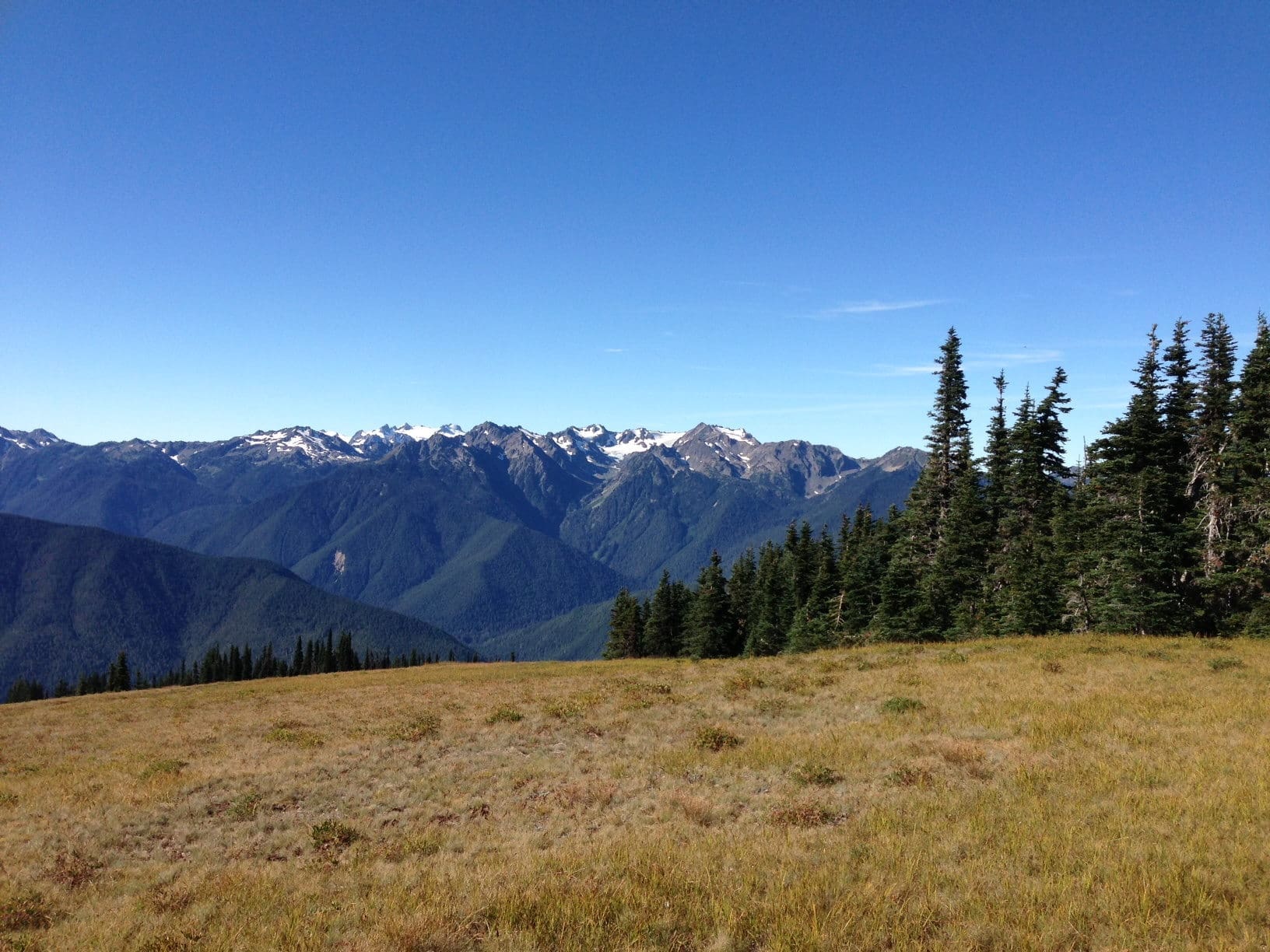I usually don’t post misc. emails, but this one is so damn funny I just had to.
Live Seattle Air Traffic Control
Since I moved to Capitol Hill, I’m able to receive Air Traffic Control (ATC) frequencies into Seattle’s Sea-Tac airport. In fact, I live 1,420 Ft from the imaginary airspace “intersection” that marks the start of the final approach from the north to Seattle.
So I decided to sponsor a live Internet audio stream of Air Traffic Control. You can listen to it at http://www.liveatc.net/ (click the “listen to Live ATC feeds” in the sidebar and scroll-down to “SEA Final” — there are a number of SEA feeds, actually. I’m the one with 133.65 as the only frequency)
133.65 is the final approach sector for KSEA — Seattle-Tacoma International. Busiest times seem to be around noon, 4-6PM and 8-10PM.
Seattle has 2 (soon to be 3) close parallel runways oriented north-south — named runways 16/34. You can click on the chart to the right to see a bigger image of this. When landing and departing to the south 16C is used mostly for arrivals, with 16L used for departures. When the weather is really bad or foggy they switch to the Instrument Landing System (ILS) on 16L as the ILS for 16C appears to not support bad weather CAT2/3 operations anymore because of contruction of the third runway.
In the summer, and in better winter weather, Seattle usually lands the other way to the north, using runways 34C for arrivals and 34R for departures
After-hours this frequency can be combined with one or all of the feeder arrival sectors, so you’ll hear ATC, but not pilots. Also sometimes you’ll hear some bleed-over of a Seattle radio station in the background — their main broadcast antenna is only 1 mile from me, so with it’s huge power output sometimes you’ll be stuck listening to Seattle’s best smooth jazz — sorry! Could be worse…
Here are charts and info for KSEA
Here is an airspace illustration I created of major arrival and departure routes into SEA. The triangle symbols are the major intersections along the routes (Imaginary places in the air programmed into aircraft navigation databases) The hexigonal-type symbols are actual radio navigation stations on the ground. The 3-letter acronyms you see are the codes for other radio navigation stations outside of the chart
This is far from complete, but a good intro into how traffic is sent in/out of the Seattle area.


